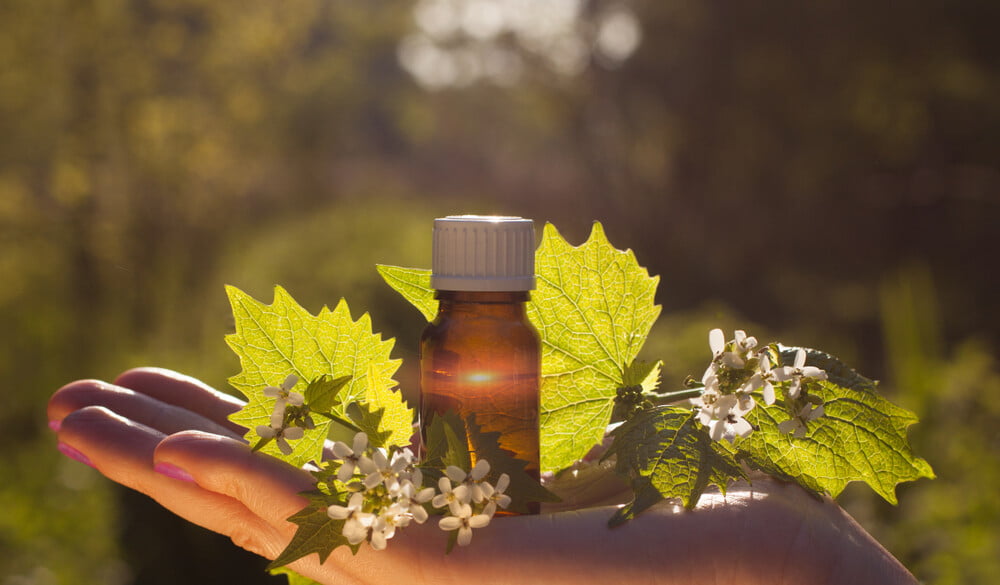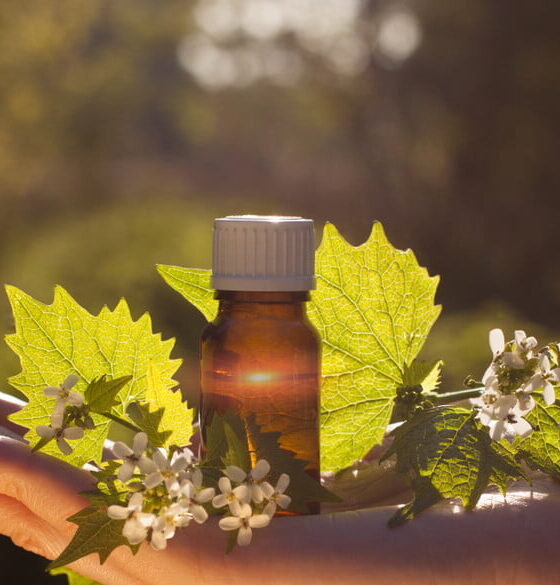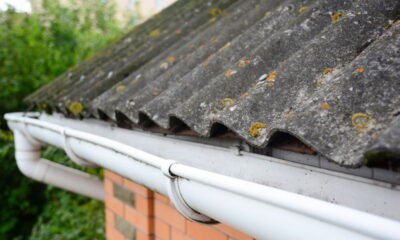

Environment
7 Quick Holistic Muscle Remedies That Don’t Harm The Environment
Sore muscles can be excruciating. Even the most environmentally conscious person is unlikely to think of anything else when they pulled or strained them. They just want pain relief as quickly as possible, even if it comes from ointments or cremes that are toxic to the environment.
The good news is that you don’t need to choose between hurting the environment and treating muscle pain. There are a lot of holistic treatments that are both very effective and very green!
Treating Muscle Pain Doesn’t Mean Hurting Mother Nature
An estimated 25.3 million Americans deal with pain and chronic soreness as a reality in their everyday lives. Many of these people are concerned about protecting the environment, but don’t know how to treat their pain without using treatments made from synthetic chemicals that are guaranteed to bleach into the environment and leave a massive carbon footprint during the manufacturing process.
If you’re somebody who frequently experiences sore muscles and pain either without provocation or after routine activities, you’ve probably been limited in some way by it. Perhaps your soreness has kept you from enjoying a Saturday with your family at the park. In this case, you may want to consider holistic muscle pain & sports injury treatments by visiting a sports medicine clinic.
Maybe it just prevented you from keeping up with your workout routine.
Whatever it is that sore muscles holds you back from, the good news is that there are scientifically proven muscle relief methods that can get you back on track.
Below, our team outlines 7 of the most effective soreness fixes for your consideration!
1. Stretching
Stretching is integral to preserving the well-being of your muscles both before and after physical activities. If you’re experiencing undue muscle soreness after exercise, it could be that your muscles are constricting too tight which is leading to inflammation and your discomfort.
Fortunately, inflammation can be relieved via performing appropriate stretches for your affected muscle groups.
For example, if after a long run you’re experiencing soreness in your calf muscles, doing simple stenches like lunges or deep ankle rolls can provide some relief. These are some of the most basic tips you will find across many of the top running blogs online.
Alternatively, if your soreness is in your bicep and forearm area, slowly extending your arms while rolling your wrists can be helpful.
2. Drink Plenty of Water
After physical activity, your muscles may experience inflammation. That inflammation is due to the breakdown you’ve caused in your muscle groups which will result in your muscles rebuilding themselves better and stronger.
To reduce the timetable of your muscle inflammation, repair, and rebuild cycle, consumption of water is key.
3. Ice Your Muscles
Have you ever seen large ice baths in professional and collegiate sports locker rooms? The reason why those are there is because multiple clinical trials have confirmed that a 10 minute or so soak in ice post-workout can decrease inflammation in muscles and help prevent soreness.
In these studies, on average, those who immersed themselves in ice post physical activities experienced 20% less soreness than those who did nothing and allowed themselves to recover naturally.
4. Ingest Natural Anti-Inflammatory Substances
There are a lot of prescription medications that aim to reduce inflammation in muscles. The issue with these though is first, not everyone has access to a physician who can prescribe these medications. Second, anti-inflammatory medication comes with side-effects.
To get the benefits of an anti-inflammatory without negative symptoms, consider ingesting foods like tart cherries or pineapples.
These fruits are among the best holistic medicine you can take as they have been proven to provide your body with enzymes that work to reduce inflammation in muscle groups.
Alternatively, post-work-out supplements that contain “bromelain” can have a similar effect. If you opt for supplements, be sure to acquire them from a reputable provider. Many budget supplements have harmful fillers that do more harm than good.
5. Self-Massage
It would be great if we could all afford to get a professional massage when we’re dealing with muscle pain and cramping. Since for most of us that isn’t a possibility, the next best thing you can do is invest in some self-massage time.
While less relaxing than having somebody else give you a massage, self-massaging does come with benefits. One of the main ones includes your ability to control pressure which can help prevent further injury of painful areas.
6. Use Heat Later in the Day
While ice can help reduce your chances of painful inflammation if you expose your muscles to it right after a work-out, heat can help your muscles continue to recover without pain if you leverage it a few hours later.
Heat helps stimulate blood flow. That increased blood your muscles receive will then lead to less painful cramping and a hastened recovery period.
7. Put Your Sore Muscles to Work
This sore muscles tip can get a little dicey as there is definitely room to overdo it. Still, many medical professionals believe that if you challenge your sore muscles in a slightly different way than the way in which your soreness was initially caused, you can lessen your recovery timetable.
For example, let’s say that you brought your muscles to a state of soreness via a long period of biking. To help reduce that soreness, you could challenge your muscle groups via running.
This multi-level engagement of similar muscle groups can speed up healing as your body will need to allocate more resources to recovery to help your muscles cope with the new stress they’re undergoing.
Remember, always talk to your doctor before putting stress on painful areas of your body. Never push your body through deep discomfort. Doing so could lead to muscle tears or other serious injuries.
Fixing Your Sore Muscles Without Hurting the Environment
You don’t need to use toxic chemicals that are going to bleach into the earth and leave a huge carbon footprint when you have a sore muscle. There are plenty of holistic treatments that are environmentally friendly.
Are sore muscles a fixture in your life due to the activities you undertake or because you’re pain-prone? If so, consider leveraging our tips above to reduce the strain you’re experiencing.
Whether you’re seeking holistic approaches like eating anti-inflammatory foods or are looking for more conventional fixes like applying cold and hot stimuli to your affected areas, we’re confident that our suggestions will help you reduce your pain and speed up your recovery time significantly!
Want more of the best lifestyle tips available online? How about news on what’s big in film, books, and media?
If so, our eco-focused team at Blue & Green Tomorrow has you covered. To fulfill your need to know, dive deeper into our content pool today!


 Environment9 months ago
Environment9 months agoAre Polymer Banknotes: an Eco-Friendly Trend or a Groundswell?

 Environment11 months ago
Environment11 months agoEco-Friendly Home Improvements: Top 7 Upgrades for 2025

 Features8 months ago
Features8 months agoEco-Friendly Cryptocurrencies: Sustainable Investment Choices

 Features10 months ago
Features10 months agoEco-Friendly Crypto Traders Must Find the Right Exchange





























